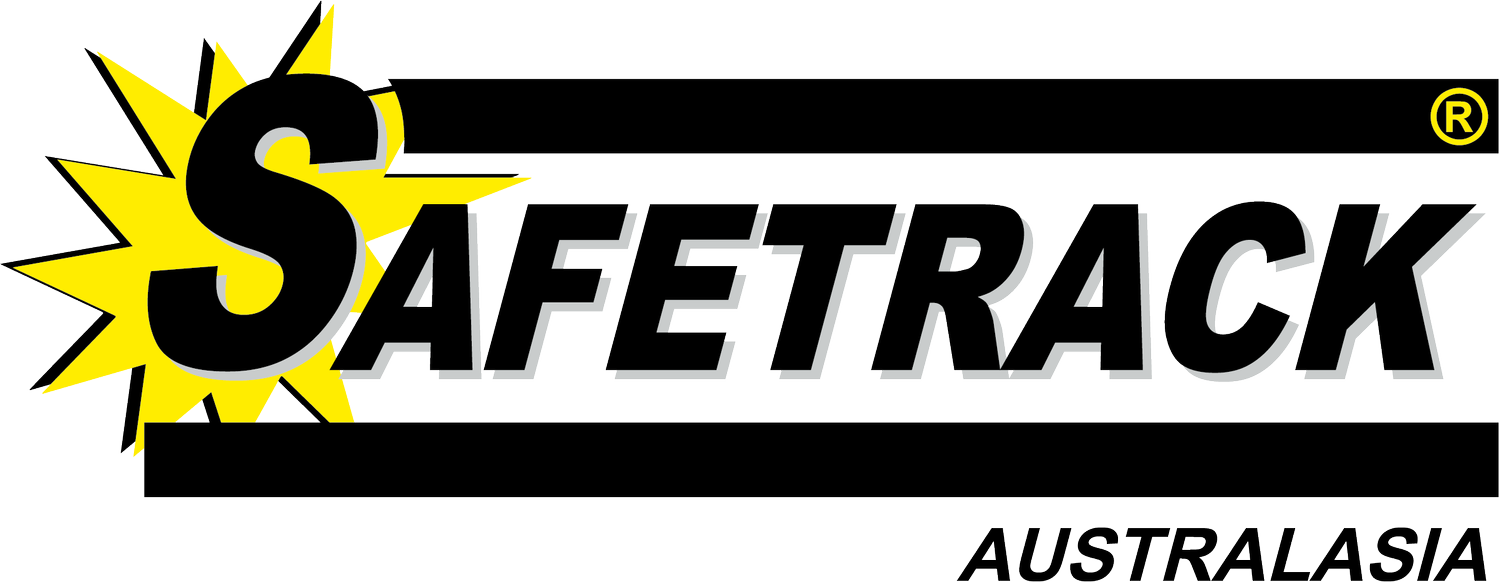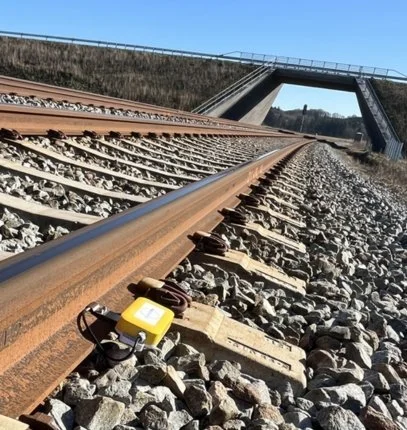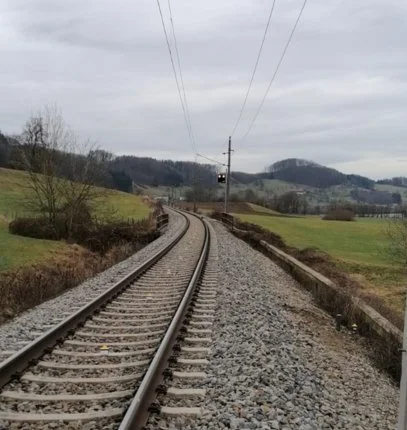Railmonitor — Climate Monitoring Solutions
Predict Climate Impact. Protect Your Infrastructure.
Railmonitor’s Climate Monitoring Solutions help infrastructure owners anticipate, monitor, and respond to climate-driven risks—such as landslides, flooding, and temperature-related track movement—through real-time data and predictive tools.
🌧️ Climate Risks Covered
Landslide Detection: Early warning signals to take action before slope failures occur.
Flood Monitoring: Tracks rising water levels and drainage issues to guard against washouts.
Temperature Monitoring: Real‑time rail temperature insights to prevent thermal expansion and buckling.
💧 Water & Moisture Management
Drainage Efficiency Monitoring: Measures rainfall, moisture, and water levels in pipe and well systems.
Water Level Monitoring: Continuous tracking to safeguard against subsurface water threats.
⚠️ Infrastructure Stability Monitoring
Embankment Monitoring: Assesses slope integrity and displacement using sensor-based insights, especially when paired with TrackBed360 or TrackSwitch360 for a more complete network assessment.
🔄 Integrated Approach
This solution is optimised when combined with:
TrackBed360 – for monitoring trackbed settlement and geometry movement.
TrackSwitch360 – for switch point and turnout diagnostics.
Together, they provide a unified, climate-aware view of your entire rail asset.ewsmonitoring.com+3LinkedIn+3reddit.com+3railmonitor.dk+12railmonitor.dk+12railmonitor.dk+12
📊 Predictive Intelligence in Action
Powered by Railmonitor’s Digital Service Platform, the climate module delivers:
Continuous sensor data capture and automated trend detection.
Alerts when thresholds are exceeded, with actionable recommendations.
Predictive modeling to foresee issues before they evolve into failures.railmonitor.dk+15railmonitor.dk+15LinkedIn+15RUBI Bahntechnik+4railmonitor.dk+4LinkedIn+4rail.trimble.com
✅ Why Infrastructure Owners Trust Climate Monitoring
Reduces unexpected downtime and costly repairs.
Maintains safety and continuity in extreme weather.
Enhances resilience of embankments and rails subject to climate stress.
Supports regulatory compliance and climate-adaptive planning.




